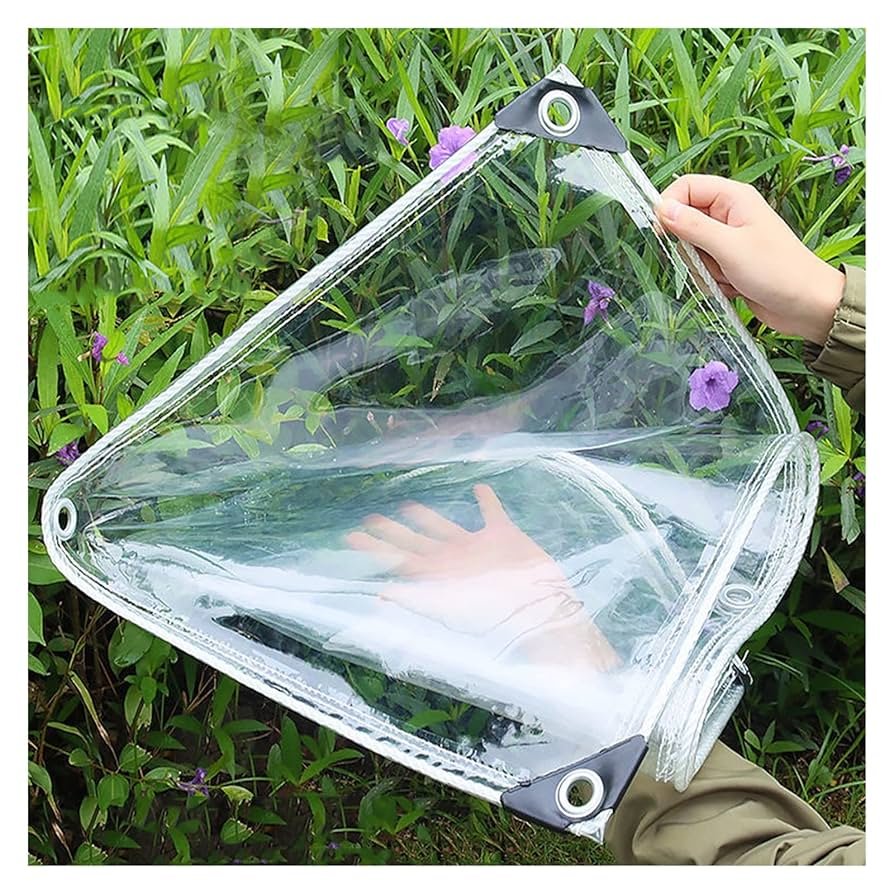A tarpaulin, often shortened as a tarp, is a material that is both extremely multipurpose and two-sided, being both light and strong. It is used in a wide range of applications, from construction to camping. In this essay, we will delve into the various steps of constructing a Tarpaulin, from initial raw materials to the finished product.
Raw Materials
Tarpaulin is a fabric that is generally produced using the following raw materials:
- Polyethylene (PE) or Polypropylene (PP) resin
- UV stabilizers
- Color pigments
- Other additives for specific properties
Step 1: Extrusion
The first step in the manufacturing process begins with extrusion, which is a transformation method that involves melting the resin, usually PE or PP, and mixing it with UV stabilizers, color pigments, and also through the facilitate. This mix is then pushed through a die to make a thin, continuous sheet. Water or air is then used to cool the extruded sheet making it solid.
Step 2: Weaving
The solidified sheet is sliced into tapes, which are further woven together using large frames or looms to form the basic fabric of the tarpaulin. The weaving can be done in several patterns, with the most common being the plain weave. It is the most important part in the strength and durability of the material, as well as without which the other steps of the process may not be achieved.
Step 3: Lamination
The fabric is coated in the lamination process after weaving. A thin layer of PE or PP is applied to both sides of the fabric. This lamination has multiple purposes as it:
- It contributes to additional waterproofing.
- It increases the overall strength of the tarpaulin.
- It helps to seal the woven structure from fraying.
Step 4: Heat Treatment
Now the laminated material is sent for the heat treatment process. The heat treatment process serves to more securely bond the lamination layer to the woven fabric. This also adds to the overall strength and durability of the tarpaulin.
Step 5: Cutting and Shaping
After the heat treatment process ends, the tarpaulin is cut into different sizes and shapes according to the requirement. This process is usually carried out by the use of fully automatic cutting apparatus which ensures the precision and regularity.
Step 6: Reinforcement and Finishing
The Clear Tarpaulin is subjected to several reinforcement steps to improve its durability and functionality of the tarpaulin, some of which are as follows:
- Reinforcing edges: The tarpaulin edges are mostly folded over and stitched through to form a stronger hem.
- Grommets: There are metal or plastic grommets put along the edges as attachment points.
- Corner reinforcement: Extra material or patches may be added to the corners for additional strength.
Step 7: Quality Control
To check the quality, thirdly, a tarpaulin is thoroughly scrutinized using numerous methods such as:
- Water resistance tests
- Tensile strength tests
- UV resistance test
- Visual inspections for defects
Step 8: Packaging and Distribution
Finally, the finally-accepted tarpaulins are pack in up, to be prepared and moved for distribution. After the production process, the tarps are taken to warehouses, retailers, or directly sent to customers.
Conclusion
The making of tarpaulin is a complicated process that involves many steps, from the initial process of the extrusion of raw materials to the final steps of quality control checking. All the steps are necessary to create a product that is strong, durable, and can be used for various purposes. This process gives a better understanding of the engineering and craftwork involved in the manufacturing of this material, which is overlooked as being simple but practical. Read This
Due to the improvements in technology, the manufacturers are trying every possible way to develop new materials and techniques for the production of tarpaulins made from higher-quality materials. These changes can guarantee that the tarpaulins will continue to be a great part of the various industries for a long time.
Frequently Asked Questions About Tarpaulins
1. What are the main types of tarpaulins available?
Tarpaulins have mainly 4 types including polyethylene (PE), canvas, vinyl, and mesh tarps. Each type of tarp allows their specific use based on their characteristics.
2. How long does a typical tarpaulin last?
The durability of a tarpaulin is assured by one’s durability, usage, and the several elements it exposed to. When a purchaser really takes care of the tarp it may last up to 5 years.
3. Are all tarpaulins waterproof?
The absolute waterproofing of the tarps is not possible for all the designs. While every tarp is water-resistant, the exact waterproofing capacity is determined by the materials used and the method of manufacturing. One of the most common ways of achieving the waterproofing of tarps is the use of PE as a basic material, whereas canvas tarps are less waterproof.
4. Can tarpaulins be recycled?
This is true! Tarpaulins, especially those that are fully recyclable, like the ones that are made from PE or PP, can be recycled. On the other hand, the recycling phase may be different when certain materials are in the tarp.


